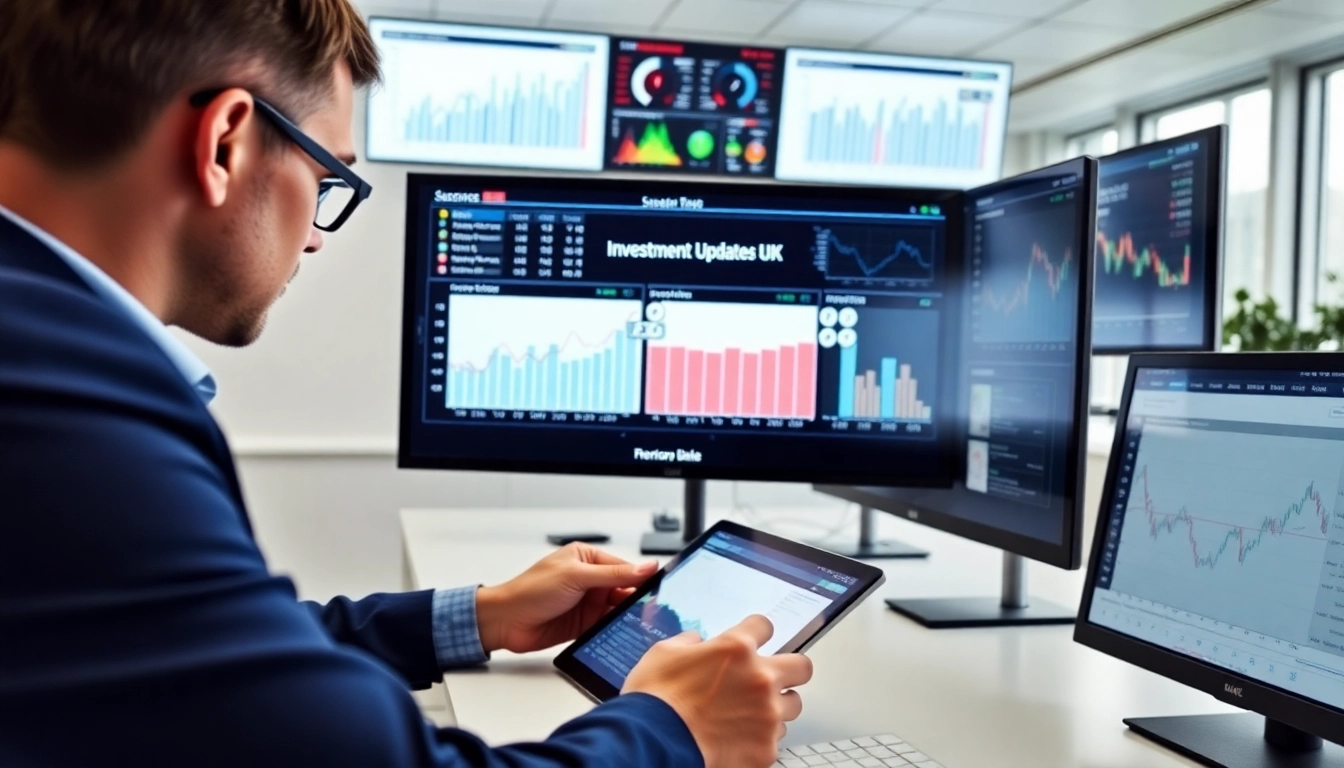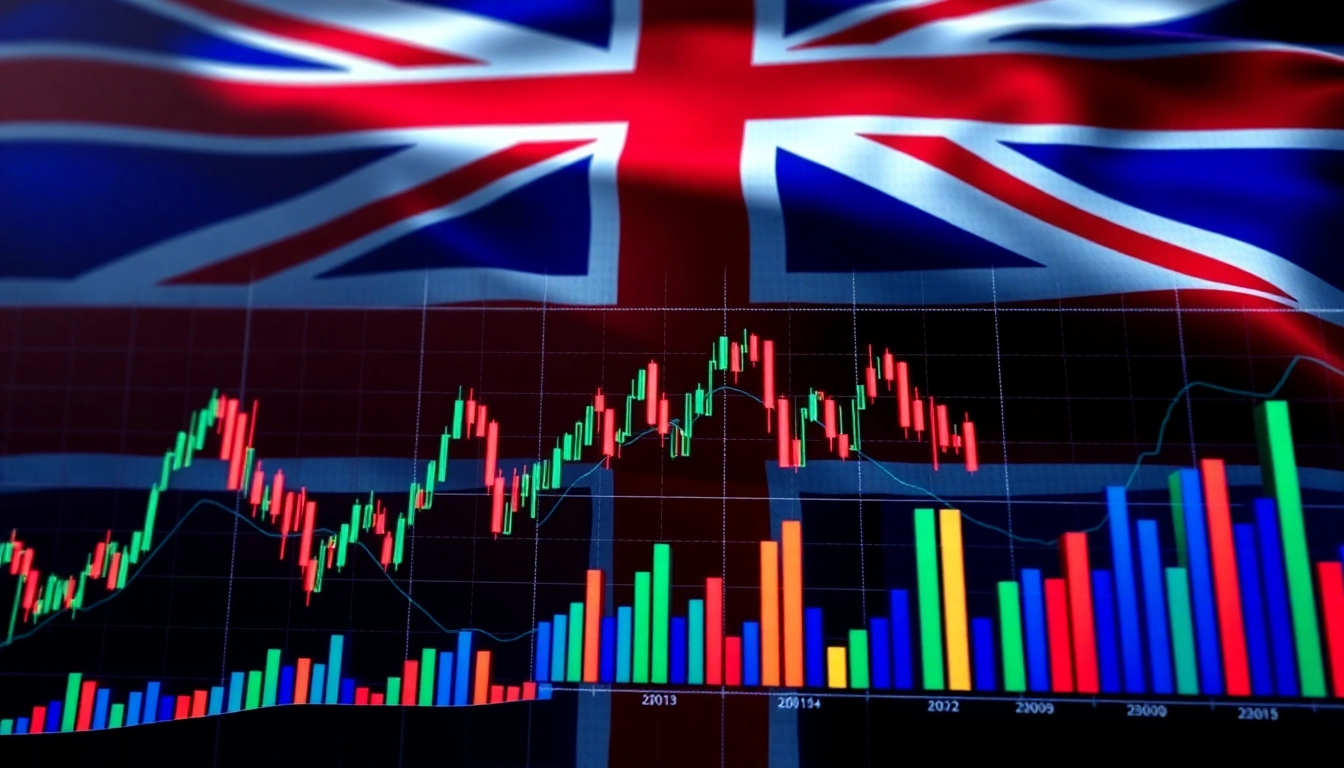Introduction to Trading View and Its Key Features
In the fast-paced world of trading and investing, having a robust platform that combines advanced charting, comprehensive data, and social collaboration is essential. trading view has emerged as a leading solution, offering traders and investors worldwide an integrated environment to analyze markets, share insights, and execute strategies effectively. This article explores the core features of Trading View, discussing how its intuitive interface, powerful tools, and vibrant community make it an indispensable resource for traders aiming to stay ahead of the curve.
Understanding Trading View’s Interface and Tools
At the heart of Trading View’s appeal lies its user-friendly yet highly customizable interface. Whether accessed via web or mobile, users are greeted with a clean layout that enables quick navigation across various markets and tools. The platform’s main workspace centers around its advanced charting area, which supports multiple chart types such as candlestick, line, bar, and Heikin Ashi. The interface also includes side panels for technical indicators, drawing tools, and list of watchlists, allowing traders to tailor their workspace according to their preferences.
Trading View provides an extensive suite of analytical tools. Users can access over 100 technical indicators, ranging from simple moving averages to complex oscillators like RSI and MACD. The platform’s drawing tools facilitate trendlines, Fibonacci retracements, and Elliott waves, among others, enabling precise technical analysis. Additionally, features such as multi-timeframe analysis and customizable color schemes help traders optimize their workflow for different trading styles, whether scalping or long-term investing.
Customizing Charts for Your Trading Style
One of Trading View’s standout features is its high degree of customization. Traders can create personalized chart layouts, save templates, and set default configurations to streamline daily analysis. For example, a day trader focusing on short-term patterns can configure multiple small timeframes on a single screen with specific indicators, while a swing trader might prefer daily charts with Fibonacci overlays.
Another crucial aspect is the ability to modify visual elements for clarity and efficiency. Users can adjust color schemes for better visual contrast, add alerts to monitor price movements, and apply specific indicator settings to match their strategies. The platform also supports multiple chart windows, enabling simultaneous analysis of different markets or asset classes, which is especially useful for traders practicing intermarket analysis or diversification strategies.
Overview of Trading View’s Market Coverage and Data Sources
Trading View offers unparalleled coverage of global markets. Its data sources include major exchanges, financial data providers, and community-generated insights, providing real-time, accurate information across asset classes. Traders can access data for stocks, forex, cryptocurrencies, commodities, indices, and futures, making it a one-stop platform for diversified trading approaches.
For instance, users can track cryptocurrencies like Bitcoin or Ethereum via integrated feeds from major crypto exchanges, monitor S&P 500 index movements, analyze foreign exchange pairs, or examine commodity trends—all within a unified interface. The platform aggregates data from reputable sources, ensuring reliability for technical analysis and decision-making.
Furthermore, Trading View’s open platform encourages community contributions, where traders share real-time ideas, trade signals, and market observations. This social dimension enhances market insights by exposing users to diverse perspectives and collective intelligence, often revealing emerging trends early in their development.
Effective Strategies to Utilize Trading View for Market Analysis
Technical Analysis Techniques on Trading View
Technical analysis is central to most trading strategies on Trading View. Effective use involves combining chart patterns, indicator signals, and volume analysis to forecast future price movements. Traders often employ trendlines, support and resistance zones, and candlestick patterns to identify entry and exit points. Trading View’s platform facilitates this with real-time updating charts that help traders react swiftly to market changes.
Using Indicators and Drawing Tools for Precision
Indicators like Moving Averages, Bollinger Bands, and RSI help traders gauge momentum, volatility, and overbought/oversold conditions. Importantly, precision in analysis is achieved through drawing tools—Fibonacci retracements, Gann fans, and Elliott wave annotations—enabling detailed scenario planning. For example, a trader might use Fibonacci levels to define potential reversal zones, supporting strategic decision-making.
Leveraging Trading View’s Social Features for Insights
The social aspect of Trading View amplifies market understanding. The community features ideas, comments, and shared scripts, which can inform traders about emerging trends or dubious signals. Top ideas are often rated and commented upon, providing a validation process that complements personal analysis. Being an active participant in these discussions also fosters continuous learning and strategy refinement.
Integrating Trading View into Your Trading Routine
Setting Alerts and Watchlists to Monitor Markets
Proactive trading requires timely information. Trading View’s alert system allows traders to specify conditions—such as price crossing a moving average or indicator threshold—and receive notifications via SMS, email, or app alerts. Coupled with customizable watchlists, traders can continuously monitor multiple assets without constant manual checks, increasing efficiency.
Automation and Scripting with Trading View’s Pine Script
Advanced users can leverage Trading View’s scripting language, Pine Script, to create automated strategies and indicators tailored to their trading styles. Scripts can detect complex patterns, trigger alerts, or even generate trading signals, enabling traders to automate routine analysis and focus on decision-making. Mastery of Pine Script can significantly improve reaction times and consistency in trading execution.
Syncing Trading View with Trading Platforms for Executing Trades
While Trading View itself does not execute trades, it integrates seamlessly with many brokerage platforms through order execution APIs. Traders can set up their charts to send orders directly to brokers, reducing latency between analysis and execution. This tight integration fosters disciplined trading by maintaining alignment between analysis and action, especially in volatile markets.
Optimizing Performance and Staying Ahead with Trading View
Analyzing Your Trading Data and Performance Metrics
Post-trade review is vital for continual improvement. Trading View offers features to log and analyze trading performance, including profit/loss tracking, win rates, and strategy effectiveness. By reviewing historical trades and chart annotations, traders can identify strengths and areas for improvement, fostering disciplined growth.
Staying Updated with Market Trends and Community Ideas
The platform’s real-time updates and social feeds ensure traders remain informed about market sentiment and breaking news. Regularly browsing community ideas, market commentary, and updating personal watchlists helps traders adapt their strategies swiftly to evolving conditions.
Best Practices for Continued Learning and Strategy Refinement
Successful traders use Trading View as a learning tool; engaging with community content, experimenting with new indicators, and backtesting strategies. Establishing a routine review process—such as daily chart analysis, weekly performance evaluations, and ongoing education—helps maintain competitive edge and adaptability amid changing markets.
Case Studies and Real-World Examples of Trading View Success
Trading Crypto Markets Using Trading View
One trader leveraged Trading View’s comprehensive crypto charts and social ideas to time entries during Bitcoin’s bull run in 2021. By analyzing multiple timeframes and applying Fibonacci support levels, they maximized gains while minimizing risks—demonstrating how integrated tools enhance decision accuracy.
Stock Investment Strategies with Sharing and Collaboration
A group of investors used Trading View’s shared ideas and scripts to identify breakout stocks in the tech sector. Collaborative analysis enabled them to spot early signals, coordinate trades, and improve overall portfolio performance over several months.
Futures Trading and Advanced Chart Analysis
Professional futures traders utilize Trading View’s advanced overlays and scripting for high-frequency trades. Automated alerts for volatility spikes and custom indicators help execute rapid trades, illustrating how operations can scale with platform capabilities.













